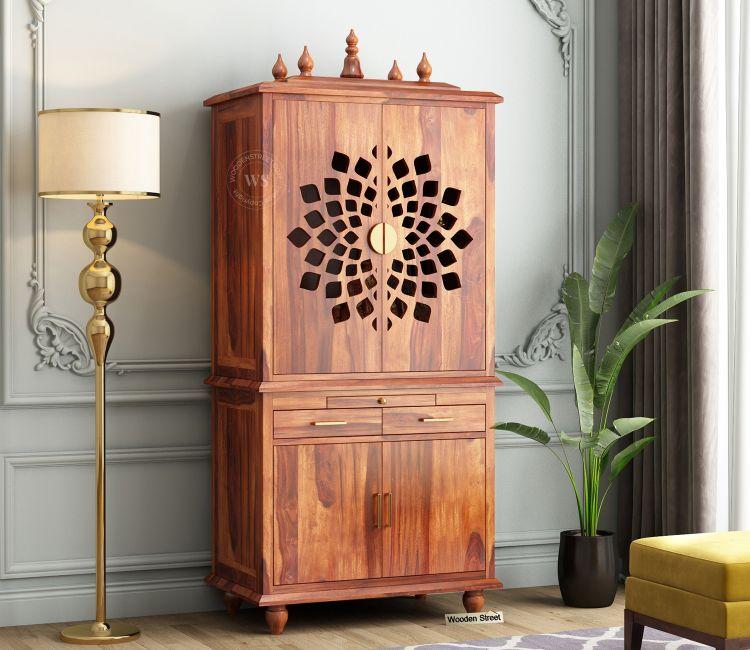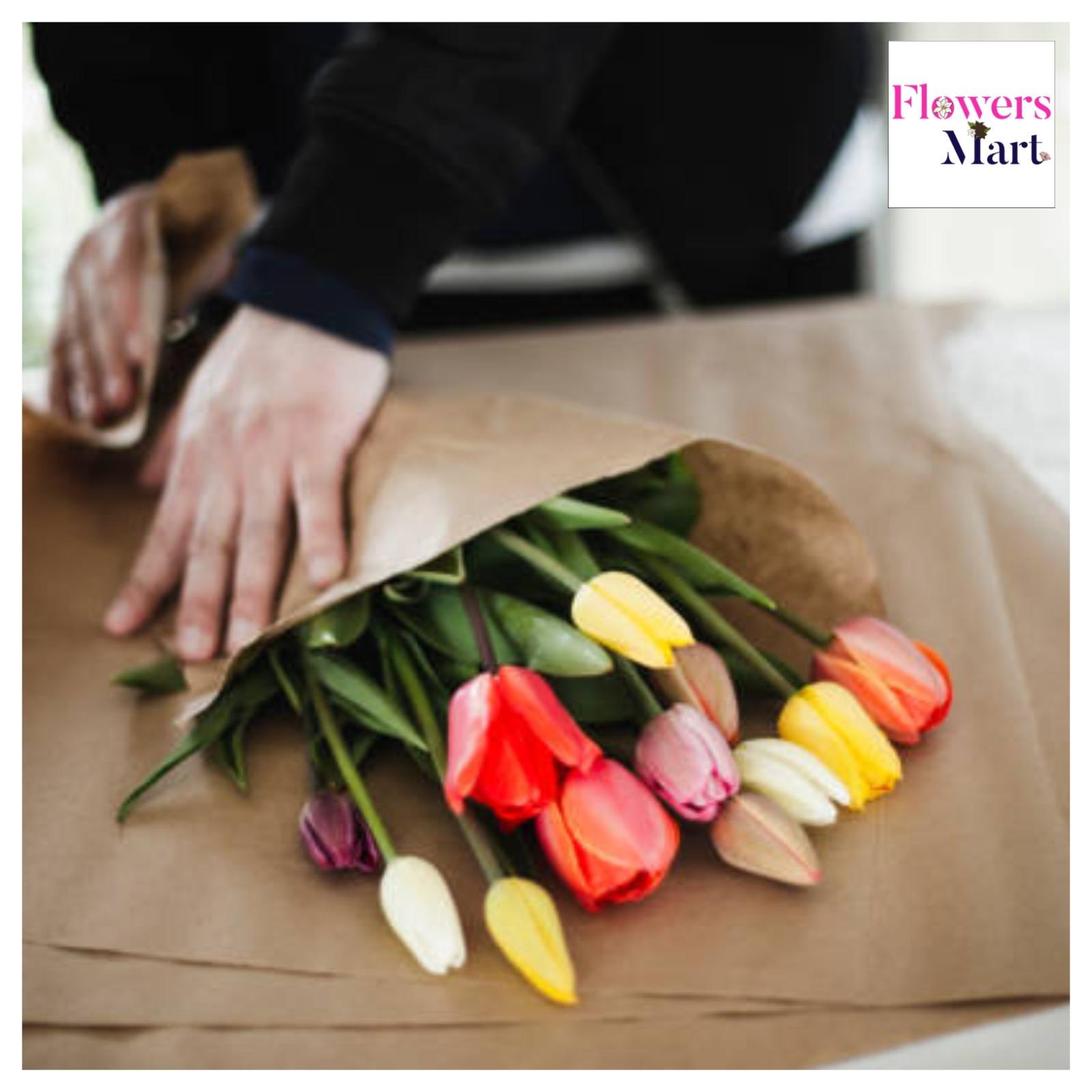Creating a Sacred Space with the Right Home Temple Design

In many households, a home temple serves as more than just a place for daily prayer. It is a spiritual focal point that represents peace, devotion, and personal connection with the divine. Designing a home temple requires careful thought and attention to detail because it becomes a symbol of purity and tranquility within the home. A well-designed home temple not only enhances the visual appeal of your interiors but also adds a layer of calm and serenity that enriches everyday life.
Understanding the Role of a Home Temple
A home temple is a dedicated space where individuals and families can engage in prayer, meditation, and spiritual reflection. It serves as a daily reminder of values, traditions, and inner peace. Whether it is a compact unit in an apartment or a larger structure in a spacious home, the purpose remains the same — to create a sacred area that aligns with your spiritual beliefs and practices. The emotional and cultural significance attached to the home temple makes it an essential element in many households.
Choosing the Ideal Location for a Home Temple
Selecting the right location is the first and most important step in designing a home temple. According to traditional practices and modern design principles, placing the temple in the northeast corner of the house is considered auspicious. This direction is believed to attract positive energy and spiritual harmony. If that is not possible, ensure that the area you choose is peaceful, clean, and free from distractions. Avoid placing the temple directly in front of a bathroom or under a staircase, as these placements are considered inauspicious. The goal is to establish a quiet zone that encourages mindfulness and inner focus.
Selecting the Right Materials and Design
The design of your home temple should reflect both your aesthetic preferences and spiritual values. Wooden temples for home are a popular choice as they bring warmth, elegance, and a traditional feel. Teak, Sheesham, and mango wood are often used due to their durability and natural appeal. The carvings, textures, and finishing details on wooden temples add to their beauty and can be tailored to suit modern, classic, or traditional interiors.
Alternatively, marble and stone mandirs give a sense of purity and permanence, often preferred for their divine appeal. For those with contemporary tastes, minimalist designs with clean lines, neutral colors, and subtle accents can work beautifully while still maintaining the spiritual essence of the space. The design should also accommodate practical elements like shelves, drawers, or lighting without overwhelming the sacred presence of the space.
Designing for Functionality and Aesthetic Appeal
While spiritual energy is at the heart of a home temple, functionality should not be overlooked. Consider how often you use the space and what kind of rituals you perform. Some may need storage for prayer books, incense, and oil lamps, while others may require multiple levels for placing idols and pictures. Thoughtful planning helps maintain organization and ease of use during daily prayers.
Aesthetics also play a key role. Decorative elements such as traditional bells, floral motifs, back panels with intricate latticework, and ambient lighting can enhance the sacred atmosphere. At the same time, maintaining simplicity ensures that the focus remains on the divine and not on elaborate decoration. A home temple should feel welcoming and spiritually uplifting the moment you enter it.
Integrating a Home Temple into Modern Living Spaces
With changing lifestyles and urban living, many people face space constraints. However, modern home designs have evolved to accommodate compact and elegant temple units even in smaller apartments. Wall-mounted mandirs, corner units, or mandirs integrated into living or dining rooms are creative ways to incorporate spirituality without sacrificing space.
By using sliding doors, concealed cabinets, or foldable panels, the temple area can be kept private when not in use. Lighting also becomes crucial in smaller spaces — warm LED strips or spotlights can highlight the idols and add a serene glow. With clever design, even the smallest corner can be transformed into a divine retreat.
Creating a Ritual-Friendly Ambiance
A home temple should evoke a sense of calm and devotion the moment you step into the space. This can be achieved by creating a dedicated ambiance using soft lighting, soothing colors, and minimal decor. Choose light tones such as white, beige, or pastel shades to maintain a peaceful setting. Keep the surroundings clutter-free and ensure the area is cleaned regularly as cleanliness is a vital part of spiritual practice.
Fresh flowers, incense, and devotional music can enhance the atmosphere and help set the tone for prayer and meditation. The temple should be a place where every member of the family can find a moment of peace in their daily routine.
Personalizing Your Sacred Space
No two home temple designs are the same because spiritual needs and preferences vary from person to person. Personal touches such as family heirlooms, favorite idols, handwritten prayers, or special photographs can make the space feel more intimate and meaningful. The layout and decor of the temple can evolve over time, reflecting growth in spiritual practice or changes in family dynamics.
Customizing the home temple also allows it to remain a living part of the household — a space that is not just visited during festivals, but a place of everyday comfort and spiritual grounding. Whether simple or elaborate, your home temple should be an honest expression of your faith and devotion.
Conclusion: A Harmonious Blend of Devotion and Design
A thoughtfully designed home temple is much more than a decorative addition — it becomes a source of spiritual energy, emotional balance, and cultural continuity within the home. By choosing the right location, materials, and design, you create a sanctuary that nurtures both devotion and inner peace. Whether large or small, traditional or modern, every home temple has the power to transform your living space into a more harmonious and meaningful environment.
Categorias
Leia mais
In today's digital age, the world of online casinos has evolved to cater to the diverse needs of players. The rise of cryptocurrencies has opened up new avenues for gamers to enjoy their favorite games while maintaining anonymity and security. If you're a UK player looking for the best crypto casino uk, you're in the right place. In this article, we'll explore the top-rated crypto casinos in...

"Executive Summary Companion Animal Pharmaceuticals Market : CAGR Value The global companion animal pharmaceuticals market size was valued at USD 14.42 billion in 2024 and is projected to reach USD 21.65 billion by 2032, with a CAGR of 5.21% during the forecast period of 2025 to 2032. Today’s cut-throat era calls for businesses to be equipped with knowhow of the major...

The Rise of a Streetwear Titan In the ever-evolving world of street fashion, few names have disrupted the scene with as much impact and authenticity as Cortiez. Known for its underground marketing, unapologetic messaging, and tight-knit community, Corteiz (often stylized as Cortiez or Crtz) isn’t just a brand—it’s a movement. Emerging from the streets of London, this...

In today’s hyper-digital world, where Google processes over 8.5 billion searches daily, search engine visibility can make or break a business. Whether you're a budding entrepreneur in Auckland or an established brand in Wellington, ranking on the first page of Google isn’t just an advantage—it’s essential. That’s where Flow Media, a leading name in Seo Services...

When it comes to expressing love, celebrating milestones, or brightening someone’s day, flowers remain the timeless choice. At FlowersMart, we take pride in being recognized as a leading flower shop Dubai, offering vibrant assortments of fresh blooms, elegant arrangements, and fast, reliable delivery services across the UAE. Whether you’re searching for a rose bouquet for...




